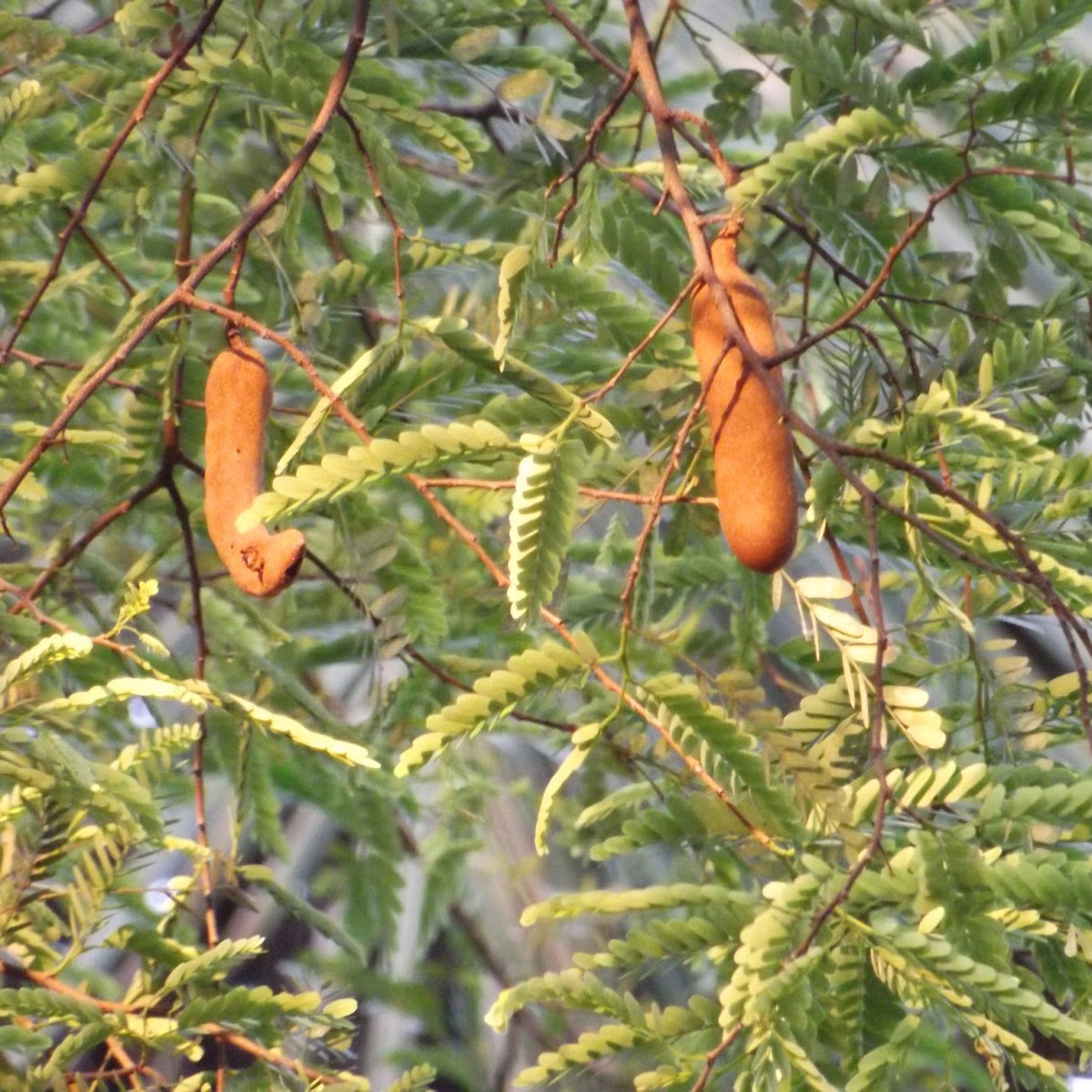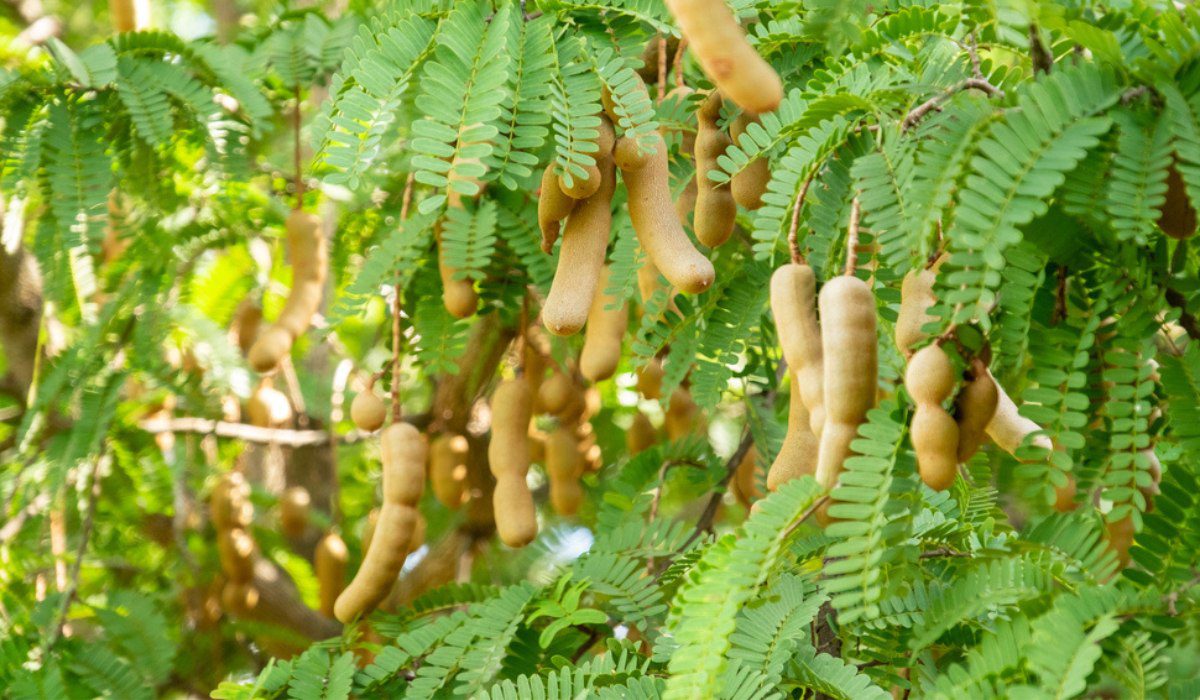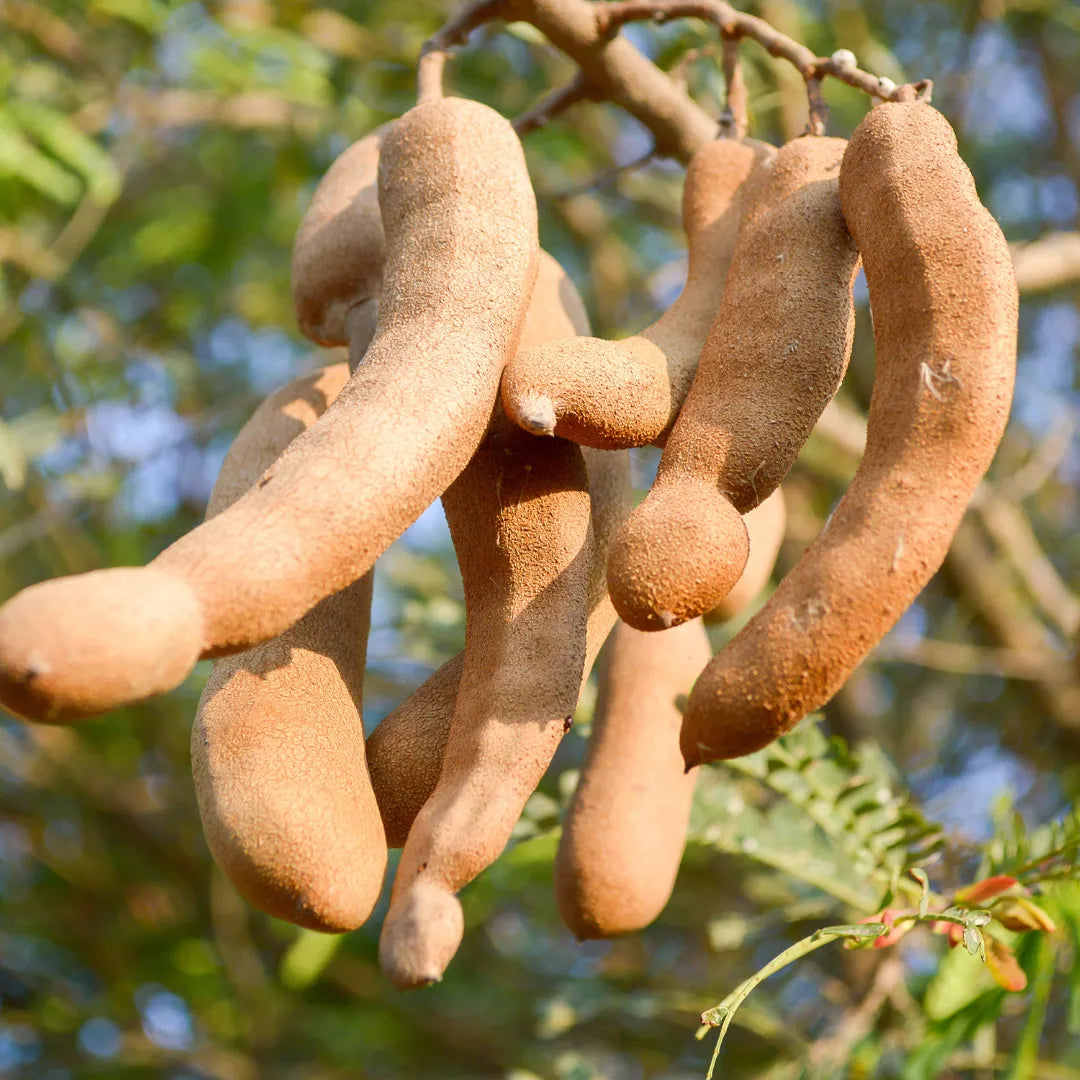The Imli Plant Explained: Your Simple Guide to Benefits & Uses

by The Explainer
You’ve probably tasted tamarind — that enigmatic, tangy flavor hiding in chutneys or stealing the show in pad thai. But nurturing a majestic imli (Tamarindus indica) tree, using its bounty with confidence, and troubleshooting your way from failure to flavor? That’s a different story.
If you’ve ever wondered whether it’s worth the years-long wait or how an everyday cook (or gardener) can move from novice to true tamarind connoisseur, pull up a seat. This isn’t another “just plant it!” guide. Here you’ll find time-tested strategies, stories from the trenches (including my own not-so-graceful blunders), advanced optimization tricks—and the real ‘why’ behind each step.
Table of Contents
- What Makes Imli Legendary?
- Beginner Foundations: Understanding the Plant
- Your First Tamarind: Planting with Precision
- Common Blunders and Real Fixes
- Leveling Up: Intermediate-to-Advanced Mastery
- Tools & Resources That Actually Make Life Easier
- Real Stories: Unexpected Wins and Near Misses
- The Troubleshooting Blueprint
- Action Plan — One-Page Roadmap
- Beyond Basics: Unleashing Imli’s Full Potential
1. What Makes Imli Legendary?
Every master was once a beginner—and my journey started not in an orchard but with a single pod handed to me at a bustling Mumbai market (July afternoon, 37°C; buses groaning on Marine Drive). Peeling it back stained my fingers brownish-red and filled my nose with sweet-sour earthiness—part dried apricot, part sun-baked bark.
Imli is more than fruit; it shapes landscapes, cuisines, even local economies:
- Botany: Lives centuries; 80-foot canopies are common.
- Utility: Pulp for kitchens/medicines; shade for playgrounds; wood for crafts.
- Reach: Origins in Africa; now rooted from Jaipur alleys to Java villages.
Why commit to growing one? Because it’s nature’s multitool—fruits feed cities, leaves heal fevers, trunks anchor soil—and your hands can start the cycle anew.
2. Beginner Foundations: Unpacking Imli—Not Just a Tree
Get Acquainted:
- Scientific name: Tamarindus indica, of legume/bean family (Fabaceae)
- Life expectancy: >100 years if respected.
- Growth needs: Relishes full sun (preferably unbroken); hates soggy feet.
How It Grows:
Seedling Stage (0–2 yrs): Fragile little feathery-leafed things that bend in the breeze
Juvenile Stage (2–6 yrs): Put on bulk quickly—outpace most weeds if mulched well
Fruiting Begins (~6–8 yrs): Green pods harden into mature brown shells
Mature Stage: Dense shade canopy—sometimes quarter-acre wide!
Unexpected Insights:
Back in 2019 I misread advice online about “well-drained” soils and stuck my seedling directly into dense clay soil after monsoon season in Goa—not only did growth stall out for six months but roots rotted right under my nose! Lesson learned…soil prep is non-negotiable (see techniques below).
Unique Uses By Culture:
In Thailand, chefs harvest young tamarind leaves for sour salads; Nigerians grind roasted seeds into thickening agents for stews; here in southern India almost everyone has an aunt who makes cough syrup from boiled bark.
3. Your First Tamarind—Planting With Precision
Forget the vague “plant seed/water/wait.” Here’s how an expert sets up for long-term joy:
Choosing Your Starting Material
Seeds:
- Always start with fresh, plump seeds—they should click together like dominoes when dry.
- Scarify before sowing: Use fine sandpaper or nick gently with sharp paring knife.
- Soak overnight (~12 hours) until slightly swollen.
My failed first attempt? Used supermarket dried out seeds (“they look fine!”) never germinated despite weeks of babying under cling wrap—never again!
Grafted Saplings:
Worth every rupee/dollar if you crave faster fruit or need proven varieties (like ‘Prithi’ or ‘Kinaru’). Expect pods at least three years sooner vs seed-grown trees.
The Site Selection Blueprint
Rule of thumb: imagine hosting a children’s soccer match under your future tree—that's about how much real estate you'll need!
- Minimum spacing = 10 meters/30 ft from any structure or large tree roots.
- Drainage matters more than compost type initially—raised mound planting works wonders where water puddles linger post-storm.
A measuring tip most folks skip? After prepping your spot, pour two buckets of water over it and time how long until soil isn’t visibly shiny—if still saturated after 15 minutes, amend with sand + gravel before you plant anything!
Planting Steps That Avoid Rookie Errors
- Dig deep—a hole twice as big/deep as your root ball or starter pot.
- Backfill halfway using amended native soil + bucketful of compost.
- Set plant so root collar matches ground level exactly (bury too deep = suffocation risk).
- Soak thoroughly once planted—but don’t let pools form!
- Mulch heavily with dried leaves around base but keep clear of main trunk.
Sensory Check-In:
Munich transplant Silvia described her sapling’s first summer like this:
“Leaves felt almost cool despite scorching August sun—the new green smelled tart when crushed...by September ants were already visiting tiny yellow blossoms.”
4. Common Blunders & Battle-Tested Fixes
Think you’ll avoid all problems? Neither did I—or any fellow grower I know! Here are classic pitfalls and what actually works:
Overwatering Debacle
Most deaths under three years old trace back here:
Signs include floppy leaves turning yellow then brown at edges—even though soil feels damp below surface.
Solution I learned after killing two seedlings in Malwani rains: Water only when top inch is truly dry mid-morning; mulch conservatively first year so air still moves through roots.
Cramped Quarters Catastrophe
Imli is ruthless towards close neighbors—they hog sunlight AND nutrients fast!
If space-limited? Consider dwarf/grafted forms or prepare for annual hack-and-slash pruning by year three.
Slowpoke Syndrome
New growers often panic when no flowers form after two seasons—but that timetable fits! A well-tended tree may take SEVEN years…patience counts more than fertilizer at this stage.
5. Leveling Up: Tackling Intermediate & Professional Moves
Already sprouted your first few trees? Want heavier yields or fancier uses?
Grafting for Speed & Superiority
Timing trick straight from commercial nurseries:
Graft scionwood sourced from heavy-fruiting “mother” trees onto healthy one-year-old seedlings just as their growth flush begins (usually spring after last frost).
Result? You shave off upwards of four YEARS waiting time versus starting strictly from seed—and combine disease resistance plus premium pod quality on one trunk!
In Kerala last season I worked with farmer Shailesh who used ‘Rohini’ scions grafted onto local rootstock—fruited fully by third year post-graft versus his neighbor’s seven-year-old pure seedlings just hitting their stride now.
High-Density/Professional Orchard Layouts
For bigger ambitions—or serious backyard tinkerers—condense spacing down to ~5 meters between trees but commit to annual sculpting with pruners (“bowl shape” canopies work best). This can triple yield per square meter without sacrificing pod quality when done right.
Container Growing Hacks
Urban balcony dweller? Choose dwarf types like ‘Sweet Mary’ grafted stock.
Essentials:
– Minimum pot size = 60 liters/16 gallons
– Lightweight mix = coconut coir : perlite : organic compost (~2 : 1 : 1 ratio)
– Drainage holes > “decorative” value!
– Bring indoors if temps dip below freezing overnight
Pro move is feeding bi-monthly diluted kelp solution during growing season—the difference in leaf lushness is dramatic!
6. Tools & Resources Worth Their Weight
After mishaps involving snapped garden forks and wasteful buys off Instagram ads...here are tools that earn their keep:
| Tool | Why You Need It | Pro-Tip Use |
|---|---|---|
| Pruning shears | Remove deadwood / shape canopy | Always clean blades before next cut |
| Soil auger/spade | Proper planting hole | Swirl dry sand inside wet holes to loosen |
| Watering wand/can | Gentler hydration during root stage | Direct stream away from trunk |
| Neem oil spray | Quick-response pest/fungal relief | Mix w/ castile soap for better coverage |
| PH tester | Fine-tune amendments upfront | Aim pH between 6–7 |
Where do I get plants/seeds?
My luckiest finds have always come via community gardening swaps rather than mass-market online shops—but places like Baker Creek Heirloom Seeds stock reliable options AND great customer support on failures-that-happen-to-everyone…
For academic-level reading/materials?
Check out ag extension PDFs like "Tamarind Growing Guide" by Dr S.N.Ganeshamurthy (ICAR-IIHR) which offers extremely detailed nutrient test tables rarely summarized elsewhere.
Real-time support? r/gardening subreddit responses routinely save me hours troubleshooting weird yellow spots (“Pics Please!”).
7. Real Stories — Lessons Learned Alongside Successes & Facepalms
No theory beats experience shared openly:
Case Study #1: Three Seedlings Walk Into Clay Soil
Anita (Chennai) buried three-store seeds into red clay backyard—with zero success until switching to sandy-loam pots lined above gravel layer for drainage...two out of three thrived after transplant back OUT as juveniles!
Case #2: Balcony Experiment Gone Right
Carlos (Lisbon), armed only with secondhand plastic barrel planter + kitchen scrap compost mix + southern exposure sunlight managed five-year-old bonsai-style imli yielding enough green pods annually for tart dipping sauces loved by neighbors' children—all without ever repotting past year two.
Case #3: Disease Rout at Commercial Scale
Oaxaca collective lost first planting wave to leaf spot fungus after hurricane deluge—but switched up management by preemptive neem oil use post-pruning and doubled output within three years according to orchard records reviewed late last winter.

8. Troubleshooter's Quick Reference
Don’t panic at browning tips or lackluster growth—instead use this instant lookup table pulled straight from field notes:
| Symptom | Likely Culprit | Quickest Intervention |
|---|---|---|
| Limp/yellow drooping | Too much water/root rot | Aerate soil + skip watering till dry topsoil |
| Spotty/moldy leaves | Fungal problem | Remove affected parts/neem oil biweekly |
| Sticky white clusters / bumpy stems | Scale insects/mealybugs | Toothbrush gently + neem/castile application |
| No flowers/fruits | Immature/incomplete pollination | Wait OR companion plant w/native pollinator attractors |
Always check environment before assuming exotic cause! Nearly every rookie issue boils down to simple light/water/nutrient mismanagement—not rare pathogens or “bad seed.”
9. Action Plan — Go From Theory To Tangy Harvests
Even experts stick reminders on fridge doors; keep this progression handy:
1️⃣ Pick goal: quick kitchen flavor boost vs botanical legacy project
2️⃣ Source best quality seeds/saplings (+ ideally grafted stock if impatient)
3️⃣ Prep site/container based on guidance above—including honest soil drainage check!
4️⃣ Follow detailed planting sequence—not shortcuts
5️⃣ Mulch judiciously/year-round feeding early on/annual shaping prune at maturity
6️⃣ Diagnose problems promptly by matching symptoms instead of throwing random fixes
7️⃣ Network/share discoveries online—invaluable inspiration/support awaits worldwide!
Bonus Level Up Step: Experiment regionally (local recipes/leaves v pods) + involve kids/neighbors—you’ll build stories along with your shade tree tradition.
10. Beyond Basics — Exploring All That Imli Offers
Now you’re equipped not just to grow imli but become a resource others turn to—from explaining why your patio pot thrives while theirs stalls, down to swapping ferments made from green pods during monsoon festivals.
Mastery isn’t about perfection—it grows through tinkering, sometimes failing (“who knew neem oil smells THIS strong?”), documenting results honestly…and teaching what worked and didn’t work along the way.
One final challenge? Next time you see those wrinkled brown pods at a market—or glimpse an avenue shaded gold-green by ancient tamarinds—ask yourself what else could I try next season?
Because ultimately, gardening mastery is less about flawless technique—and more about curiosity fueled by each new ring added beneath that tough imli bark outside your door.
May your mulch be deep and your chutneys tangier each year forward!





